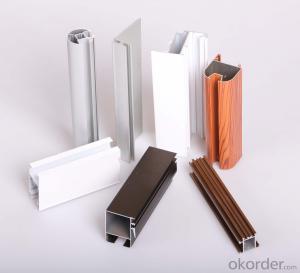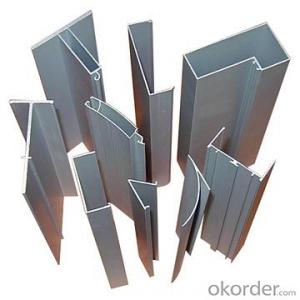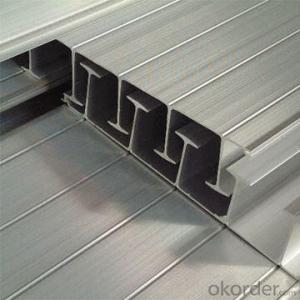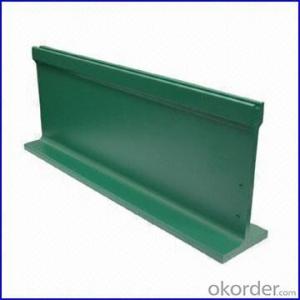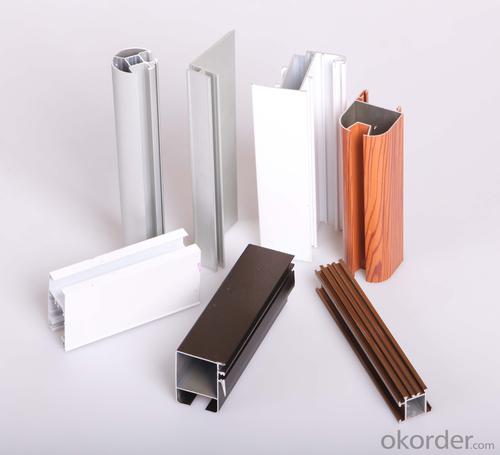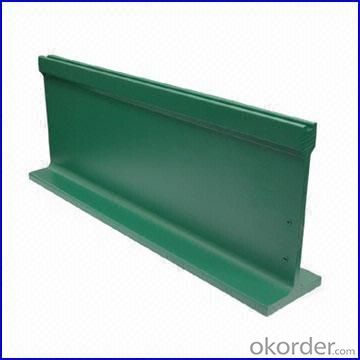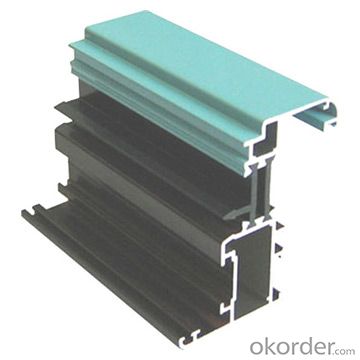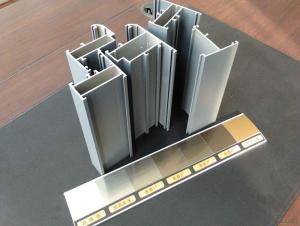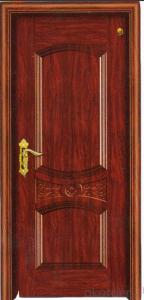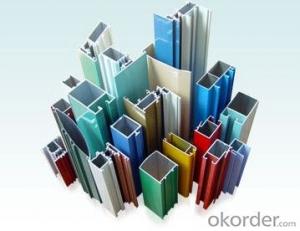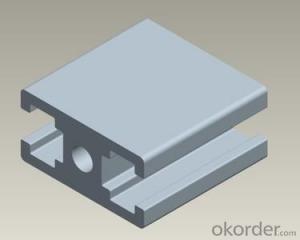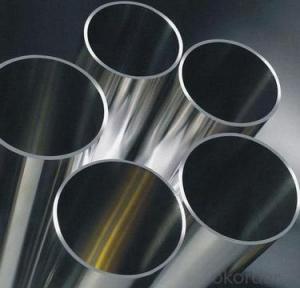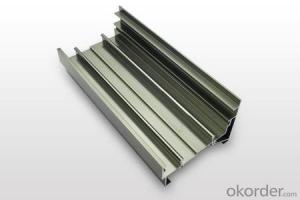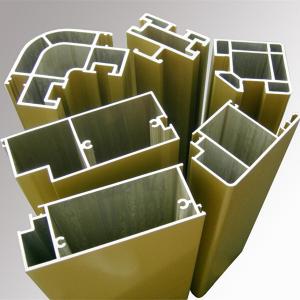Aluminum Profiles for Exhibition Stands, Windows, and Doors
- Loading Port:
- China Main Port
- Payment Terms:
- TT OR LC
- Min Order Qty:
- -
- Supply Capability:
- -
OKorder Service Pledge
OKorder Financial Service
You Might Also Like
Aluminium is a relatively soft, durable, lightweight, ductileand malleablemetalwith appearance ranging from silvery to dull gray, depending on the surfaceroughness. It is nonmagnetic and does not easily ignite. A fresh film ofaluminium serves as a good reflector (approximately 92%) of visible lightand an excellent reflector (as much as 98%) of medium and far infraredradiation. The yield strength of pure aluminium is 7–11 MPa,while aluminium alloys have yield strengths ranging from200 MPa to 600 MPa. Aluminium has about one-third the densityand stiffness of steel. It is easily machined,cast, drawn and extruded.
Features:
Material | Alloy 6063,6061,6005or according to customer’s choice |
Temper | T3, T4, T5, T6 |
Surface | Anodize, electrophoresis, powder coating, PVDF coating, wood grain painting, matted, etc. |
Length | Coating 6.5 meters, Anodizing 6.5 meters, Mill finish 5 meters |
Application | Industrial, electrical equipment(TV set, air conditioner, refrigerator, computer), decoration,construction, transportation |
Custom Made | We can package following with customer's request. |
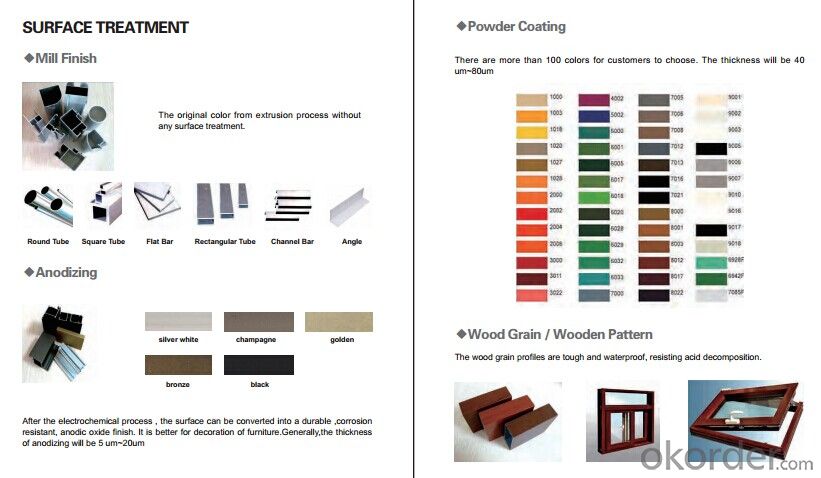
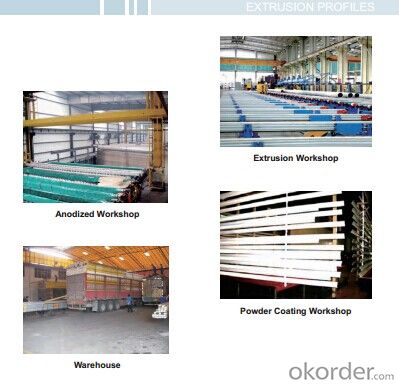

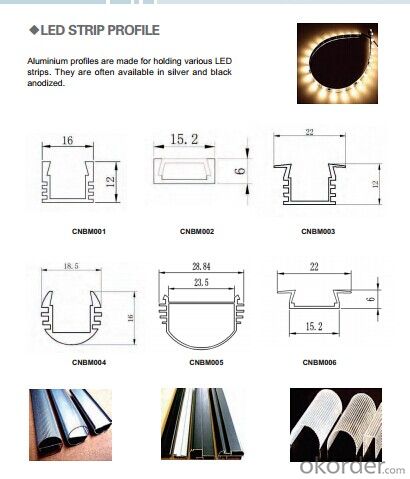
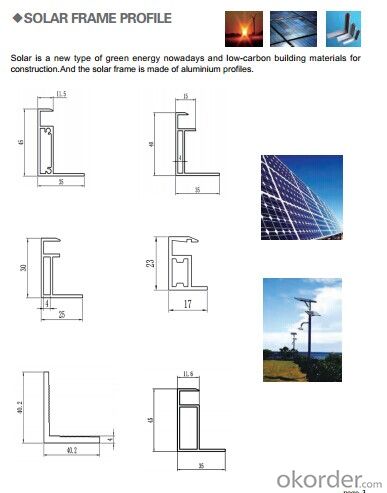
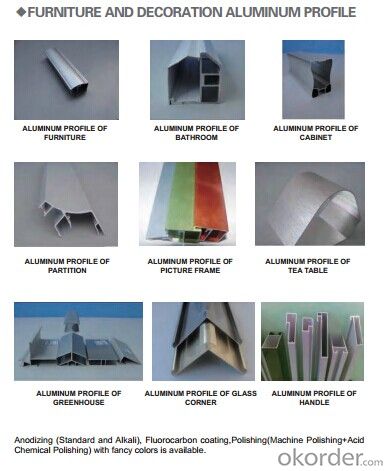
- Q: Are aluminum profiles suitable for protective enclosures?
- Yes, aluminum profiles are indeed suitable for protective enclosures. Aluminum is a lightweight yet strong material that offers excellent durability and corrosion resistance. It can effectively protect the contents of an enclosure from external elements such as dust, moisture, and impacts. Additionally, aluminum profiles can be easily customized and fabricated to meet specific design requirements, making them a versatile choice for protective enclosures in various industries.
- Q: in addition to the groove width is not the same as other well differentiated? Is there any difference in wall thickness?
- There must be a difference. There is a distinction between rice weight and wall thickness. For example, Jing Teng Aluminum CompanyJT-8-5050W meters weight is 3.25KG,,JT-10-5050 meters weight is 2.95KG. Specific parameters, you can go to consult the next business
- Q: Are aluminum profiles suitable for exhibition booths?
- Yes, aluminum profiles are suitable for exhibition booths. They are lightweight, durable, and easy to assemble and disassemble, making them ideal for creating versatile and portable booth structures. Additionally, aluminum profiles offer a sleek and modern aesthetic, allowing for customization and branding opportunities.
- Q: the middle of the following is a groove structure, as if you can not bolt hole, then how to install the rail on it? What's the use of flat sealing strips and slip bars embedded inside? Is it necessary to mount the guide rail on the aluminum profile, you can choose more than 6060 of the profiles, the middle is flat structure, and then drill holes in the bolt connection rail Thanks
- Use the T nuts (in the T groove) to fit the rail! Flat sealing strips and slip bars are embedded inside for dust proof, waterproof, oil proof and so on!!!Satisfaction, please adopt
- Q: This question asks for guidance on selecting a trustworthy supplier of aluminum profiles used in construction.
- <p>To choose a reliable supplier of aluminum profiles for building construction, consider the following: Check their industry reputation and customer reviews. Ensure they have the necessary certifications and quality standards compliance. Evaluate their product range and quality, comparing different suppliers' offerings. Assess their delivery times and reliability. Consider their after-sales service and warranty provisions. Finally, get quotes from multiple suppliers and compare prices while ensuring quality is not compromised.</p>
- Q: This question is asking about the various types of aluminum profiles that are used for exterior cladding purposes.
- <p>Aluminum profiles for exterior cladding are diverse and serve various architectural and functional needs. Some common types include: 1. Flat Profiles: Used for simple, sleek designs. 2. Box Profiles: Ideal for creating a modern, industrial look. 3. Angle Profiles: Useful for corners and edges. 4. Channel Profiles: Often used for window and door frames. 5. T-Profiles: Commonly used for hidden fastening systems. 6. U-Channels: Suitable for cover applications. 7. Special Profiles: Custom designs for specific architectural requirements. Each type offers unique benefits in terms of aesthetics, strength, and weather resistance, making them suitable for different building facades and exterior applications.</p>
- Q: Can aluminum profiles be used in the construction of greenhouses?
- Yes, aluminum profiles can be used in the construction of greenhouses. Aluminum is a lightweight and durable material, making it an excellent choice for greenhouse construction. It is resistant to corrosion, which is important in a moist and humid environment like a greenhouse. Aluminum profiles can be easily fabricated and assembled, allowing for flexibility in design and construction. Additionally, aluminum is a sustainable material as it is 100% recyclable, making it environmentally friendly for greenhouse construction. Overall, aluminum profiles are a practical and reliable option for building greenhouses.
- Q: What are the benefits of using aluminum profiles in interior design?
- Using aluminum profiles in interior design offers several benefits. Firstly, aluminum is a lightweight material, making it easy to handle and install. This allows for flexibility in design, as it can be easily shaped and formed to create unique and intricate patterns. Secondly, aluminum profiles are durable and long-lasting, ensuring that the interior design elements will stand the test of time. They are resistant to corrosion, moisture, and UV rays, making them suitable for various environments, including bathrooms and outdoor spaces. Additionally, aluminum profiles are highly customizable, with a wide range of finishes and colors available. This allows designers to create a cohesive look and feel throughout a space, matching the profiles to other elements such as furniture or fixtures. Furthermore, aluminum profiles are eco-friendly, as they can be recycled and reused. This aligns with sustainable design practices and contributes to reducing environmental impact. Overall, the benefits of using aluminum profiles in interior design include their lightweight nature, durability, versatility, customization options, and eco-friendliness, making them an excellent choice for creating stylish and long-lasting interior spaces.
- Q: What specific considerations should be taken into account when using aluminum profiles in extreme temperatures, be it cold or hot?
- <p>Aluminum profiles are generally durable and can withstand a wide range of temperatures. However, in extremely cold climates, thermal contraction can occur, potentially leading to gaps or cracks. It's important to allow for expansion and contraction in the design. In hot climates, while aluminum doesn't lose strength, it can expand and warp if not properly supported. Additionally, it can become hot to the touch, which may require protective measures to prevent burns. Always ensure that aluminum profiles are of high quality and are designed for the specific climate conditions they will be exposed to.</p>
- Q: Are aluminum profiles suitable for decorative applications?
- <p>Yes, aluminum profiles are commonly used for decorative purposes. They offer a sleek, modern look and are lightweight, durable, and resistant to corrosion. They can be anodized or powder coated in various colors to match different design aesthetics. Aluminum profiles are versatile and can be used in architectural features, furniture, and various other decorative elements.</p>
Send your message to us
Aluminum Profiles for Exhibition Stands, Windows, and Doors
- Loading Port:
- China Main Port
- Payment Terms:
- TT OR LC
- Min Order Qty:
- -
- Supply Capability:
- -
OKorder Service Pledge
OKorder Financial Service
Similar products
Hot products
Hot Searches
Related keywords
